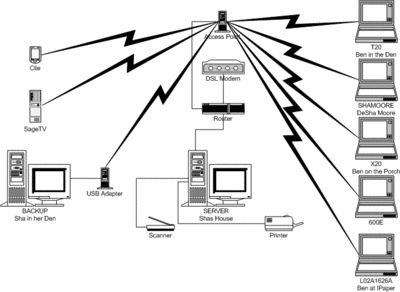I do a little bit of web work (soon to be even less). One customer uses CAD files. These can be very large, exceeding 30 MB. Their customers (not very high tech) had been e-mailing these to them. I have been using Globat for their web and e-mail hosting.
Recently, Globat converted their e-mail servers over to a clustered single-image server. I'm sure that will be a better system but it was some trauma to get to it. They rescheduled it with little notice the first time and then did it 2 hours EARLY when they finally did it. I had to make 3 trips to my customer to fix their Outlook settings.
Globat did one thing interesting. If you hadn't changed your e-mail settings, every time you checked your mail, you got an e-mail that told you that you needed to change it and how to do it. That was so effective that all the Outlook settings had been changed by the time I got there!
Now for the problem. Globat's new mailcluster.globat.com imposes a 10 MB limit on incoming e-mails. While I can kinda understand why, to do this without notice is VERY unacceptable.
Globat's technical support is as (in)competent as anybody's but their technical support phone system has an annoying characteristic of dropping bits of the conversation like they are using a heavily overloaded VoIP system. That always makes talking to them problematic. They swear their technical support is on-shore (they say they're in L.A.) but if so, they are all not native English speakers.
When this surfaced last Friday afternoon, I called their technical support and quickly escalated to a supervisor. He suggested that I created a subaccount (www.mydomain.com/~upload) but it is very awkward to upload files to this location. It requires my customer's customers to ftp to that directory or to drag-and-drop. This is not an acceptable alternative to my customer.
I've been trying to create a web page to allow users to browse to a file on their computer, click on a button, and have the file uploaded to my server. I found this and created the script and the html. I have spent hours trying to get it to work and still haven't had any success. It looks like it uploads the file and then gets "HTTP 500 - Internal server error."


